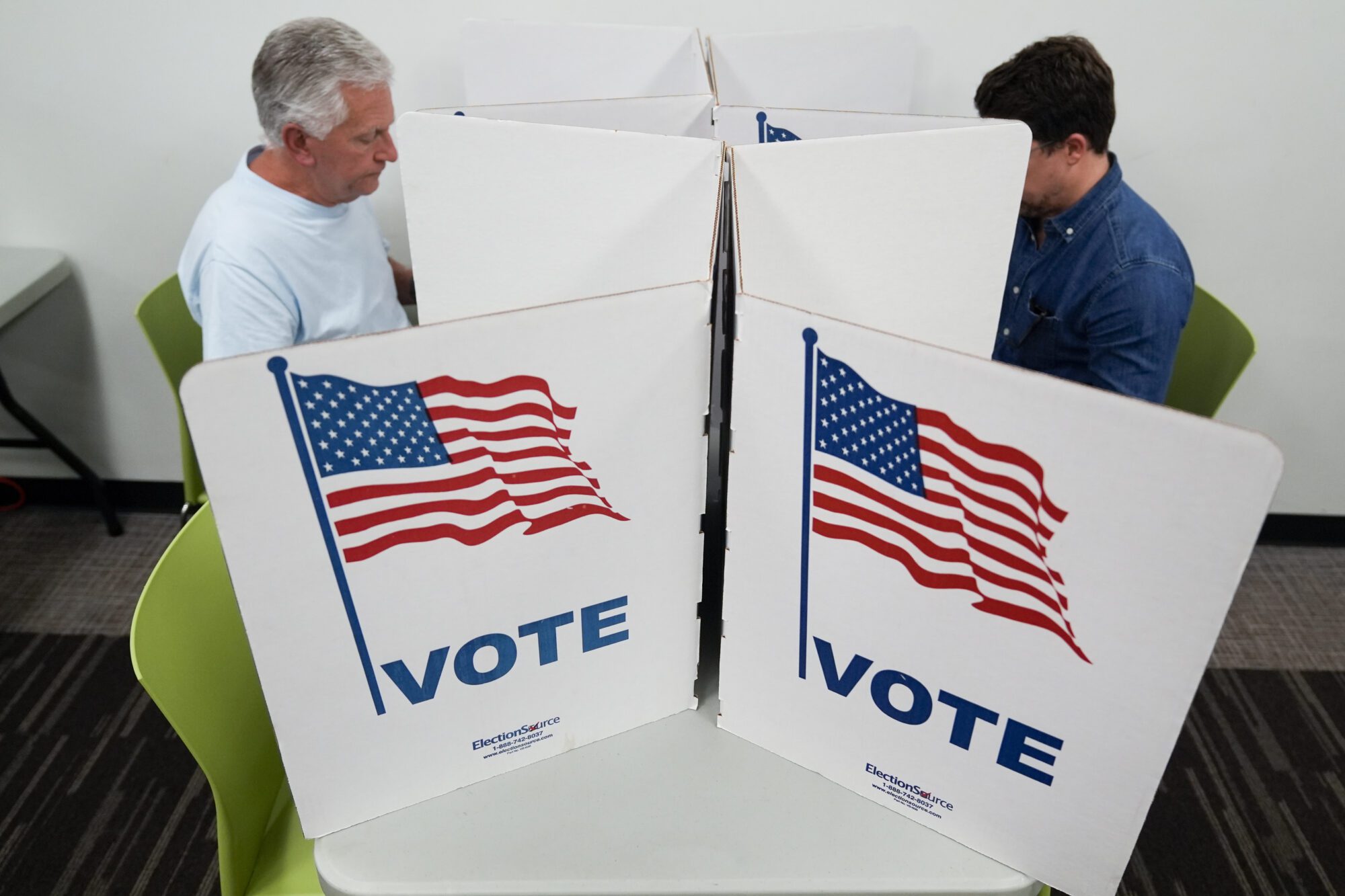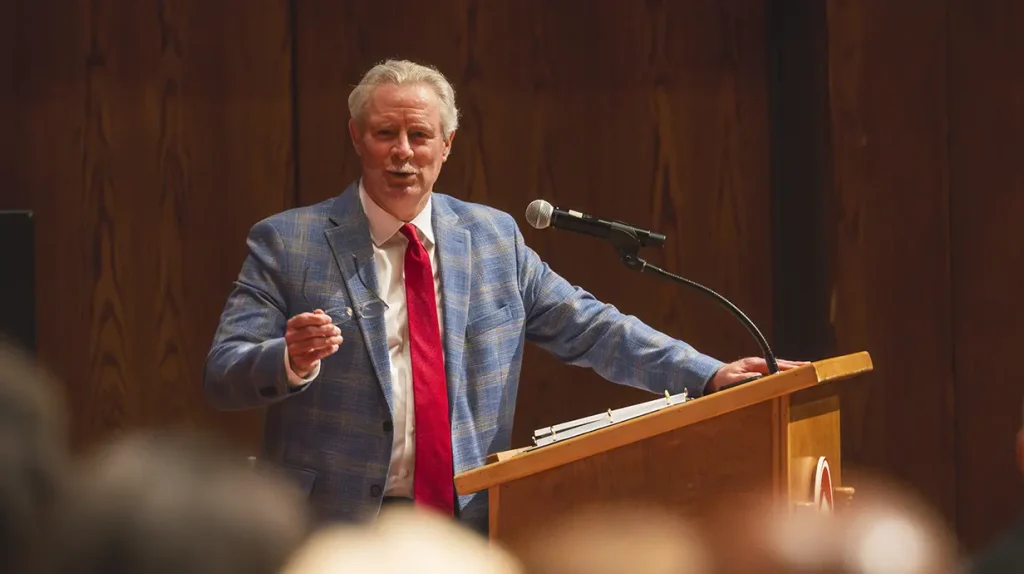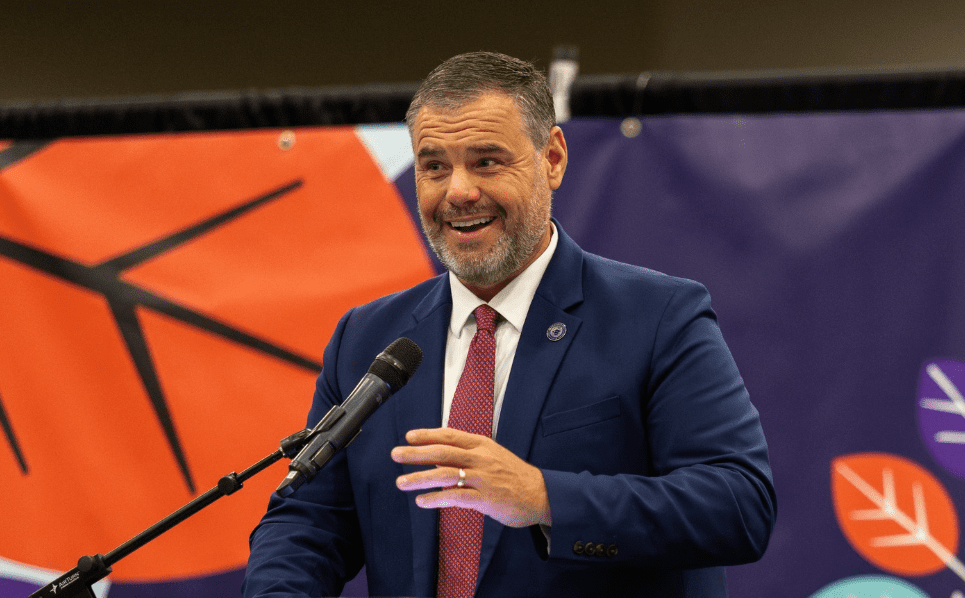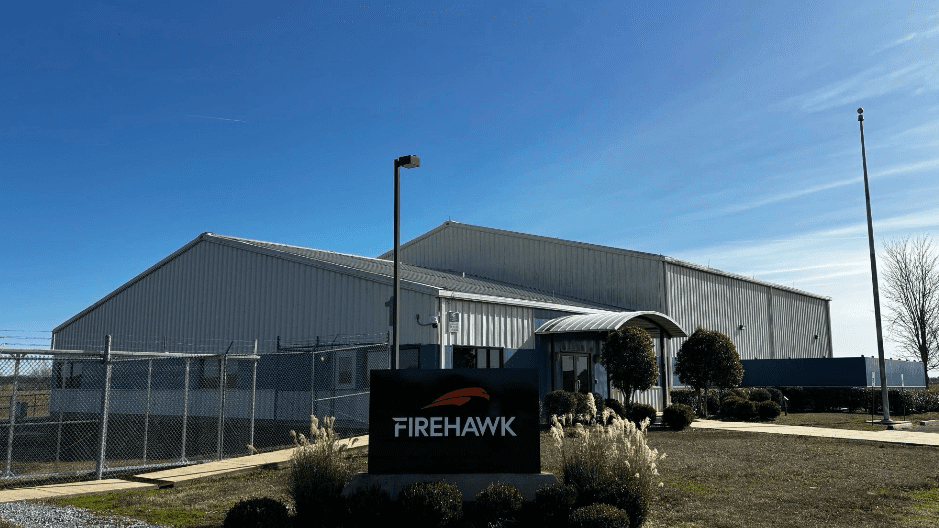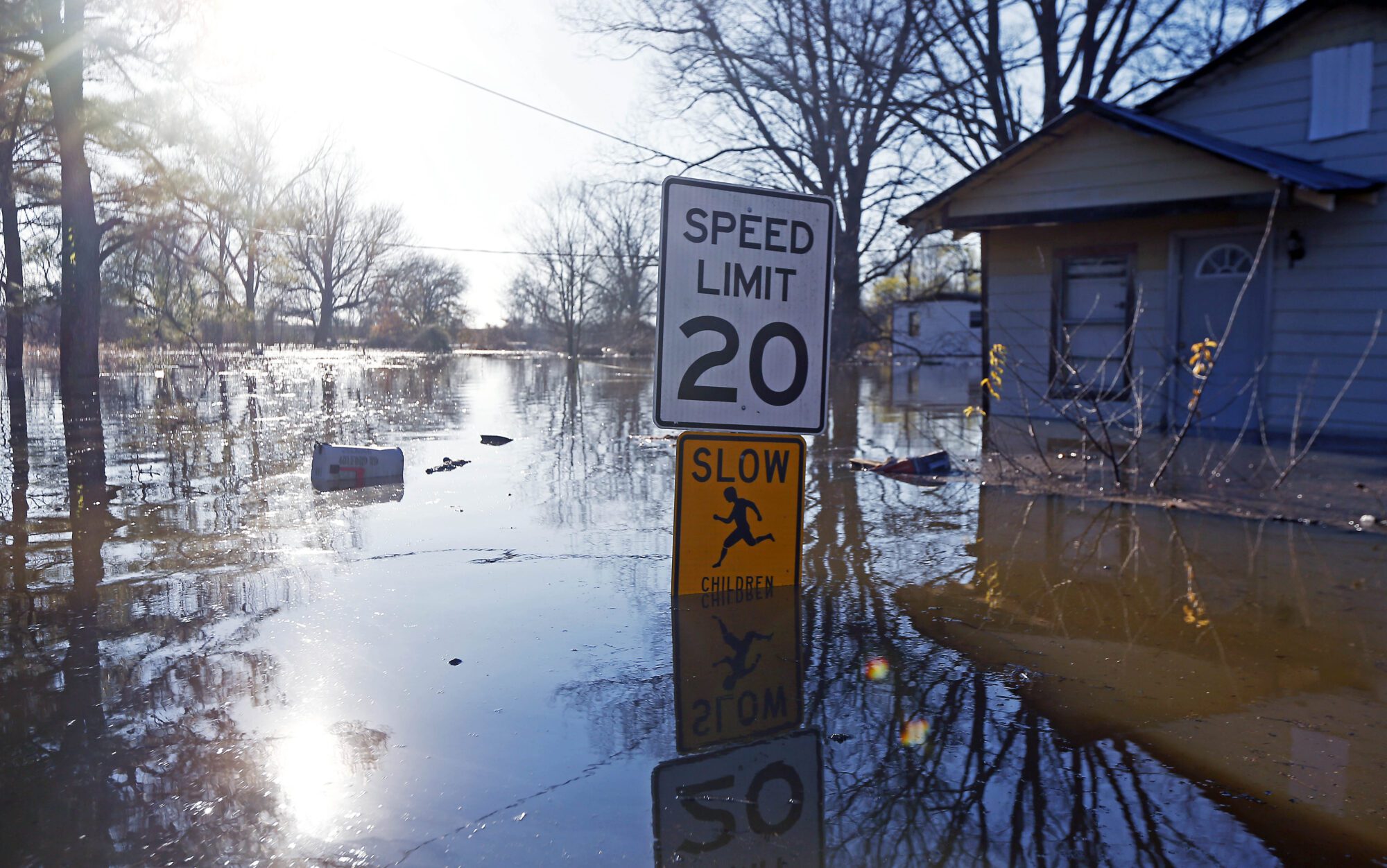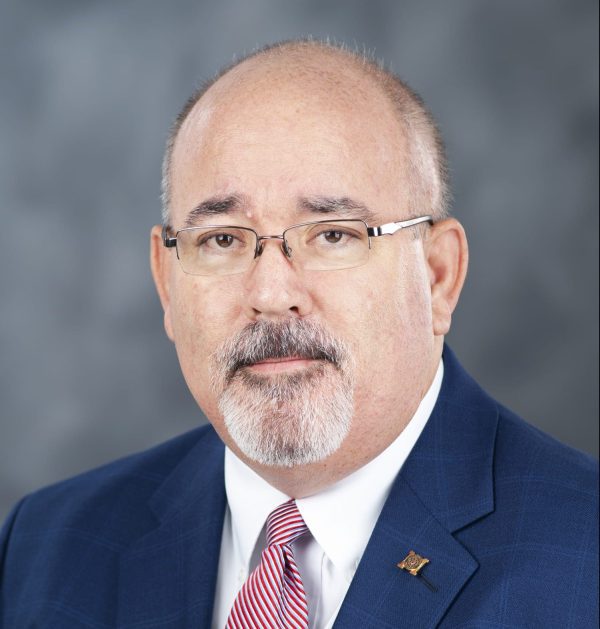
Sid Salter
- Columnist Sid Salter says Congress and the Mississippi Legislature face the same problems in raising highways funds from fuel taxes at current rates.
Both the Mississippi State Senate and the Miss. House of Representatives have passed measures designed to increase funds to maintain the state’s roads and bridges. The plans differ in that under the Senate proposal, an additional 3 cents per year for 3 years (9 cents total by 2027) indexed for inflation. Senate leader estimated the increase would generate about $212 million a year for MDOT.
On the other end of the State Capitol, House Bill 1 also contained new revenue for roads and bridges by adding a 5-cent sales tax on top of the excise tax. (This means that on a $3 gallon of gas, a consumer would pay 36.8 cents in federal and state excise taxes, plus 15 cents in sales tax by 2026). The estimated additional MDOT revenue under the House plan is between $300-$400 million.
Lawmakers have come to this fork in the state’s roads before. There’s not a lot of serious debate that the state’s roads and bridges need more maintenance and construction funds, and that current federal and state fuel tax revenues aren’t working as fuel consumption decreases with improved mileage and the evolution of electric vehicles.
The federal and state fuel tax system is failing on several fronts — Mississippi’s 18.4 cents per gallon (CPG) state gas tax is a flat tax. When we paid $3.965 a gallon for gas in 2008, the tax was 18.4 CPG. When we pay $2.68 per gallon at the pump this week, the state tax is still 18.4 CPG. The only way the state takes in more revenue in gas taxes is for the volume of gas consumed to increase — and automobiles are now manufactured to require less fuel consumption than a decade ago.
The federal fuel tax is likewise 18.4 cents per gallon and hasn’t changed since 1993. Neither the federal nor state fuel taxes have kept pace with inflation. Indexed for inflation, both federal and state fuel tax rates would be 33.4 CPG each and far closer to actually funding what’s needed to build and adequately maintain the national and state highway infrastructures.
Congress and the Mississippi Legislature face the same problems in raising highways funds from fuel taxes at current rates. Fuel consumption is flat-to-declining and fuel efficiency continues to improve, so as we drive less and get more miles to the gallon, the federal and state gas taxes don’t raise enough revenue to sustain the current transportation infrastructure or to expand and improve it.
In the Biden administration, former U.S. Transportation Secretary Pete Buttigieg offered the concept of including a vehicle mile traveled or VMT tax component as a means to pay for former President Biden’s massive national infrastructure proposal.
Simply put, the VMT tax would raise transportation funds from the taxpayers by levying a tax on how many miles someone travels rather than how much gasoline they pump — which is the present system through federal and state gasoline taxes.
Urban “blue” states embraced the VMT plan while it was widely panned by rural “red” states across the South and the Midwest — where rural taxpayers routinely drive long distances daily to work, to seek education or medical care, and engage in farm-to-market commerce.
Other concerns on both sides of the VMT debate include the practical exemption that drivers of electric cars enjoy from gasoline taxes. Not fair, say libertarian advocates. There are also fairness concerns about the disparities between those who can afford newer, more fuel-efficient cars compared to those driving older, less fuel-efficient vehicles.
One key factor for rural Americans is the lack of public transportation as an alternative to driving. Massachusetts, with 6.89 million people, has a statewide public transportation system. Per capita VMT in Massachusetts in 2017 was 9,130. In New York state, with 8.4 million people, there are over 100 public transit systems. Per capita VMT in New York state was 6,316 in 2017.
Mississippi, with just over 3 million people, has an extremely limited public transit system that is primarily a bus system that benefits senior citizens, those with disabilities, students, employees, and those with few mobility options. Per capita, VMT in Mississippi was 13,673 in 2017.
State fuel tax comparisons show that the time has come for an increase in Mississippi if motorists care about the quality and efficiency of our infrastructure. While we pay $0.184 per gallon (lowest in the nation) in state fuel tax here, Alabama pays $0.302, Tennessee pays $0.274, Arkansas pays $0.25, and Louisiana pays $0.2093.

